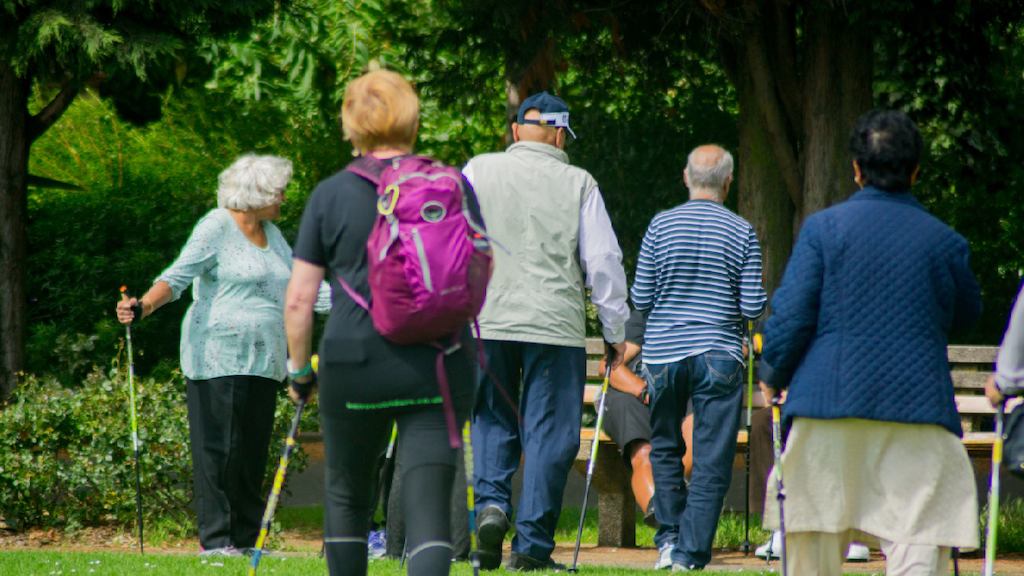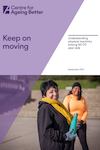In our report with the Physiological Society, we set out the range of health impacts that COVID-19 itself, and the measures to mitigate it, might have. These included loss of strength and balance, increased social isolation and worse mental health and wellbeing.
At the Centre for Ageing Better, we ran a survey among adults aged 50-70 last summer to identify changes in behaviours since the start of the pandemic.
As we anticipated, many older adults were taking less physical activity since the start of the pandemic than before. We weren’t starting from a good place; in 2019, Sport England recorded that there were already high levels of physical inactivity in the older adult population. 21.5% of adults aged 65 to 74 were inactive, rising to 34.4% aged 75 to 84 and 57.4% aged 85 and over.
The impacts of reduced physical activity during the first lockdown in 2020 were notable. An Age UK survey of adults aged 50+ undertaken in August and September 2020 found that:
- 1 in 3 respondents had less energy
- 1 in 4 respondents were less able to walk as far as they used to
- 1 in 5 respondents felt less steady on their feet
- 2 in 5 felt less confident going to the shops.
The declines in activity during 2020 were not evenly distributed. Inactivity levels increased more amongst individuals with more long-term health conditions or disability than those without, and drops in physical activity varied by ethnicity, with the largest drops amongst Asian (excluding Chinese), Black and Other ethnic backgrounds.
The Centre for Ageing Better and a coalition of organisations now started to raise concerns about the longer-term impact that lockdowns would have on the health and wellbeing of older adults and were calling for government to refine its message and for broadcasters to support older adults to remain active in their homes. But we faced a problem – no one knew how big the impact might be. Without data, we couldn’t make a compelling case.



